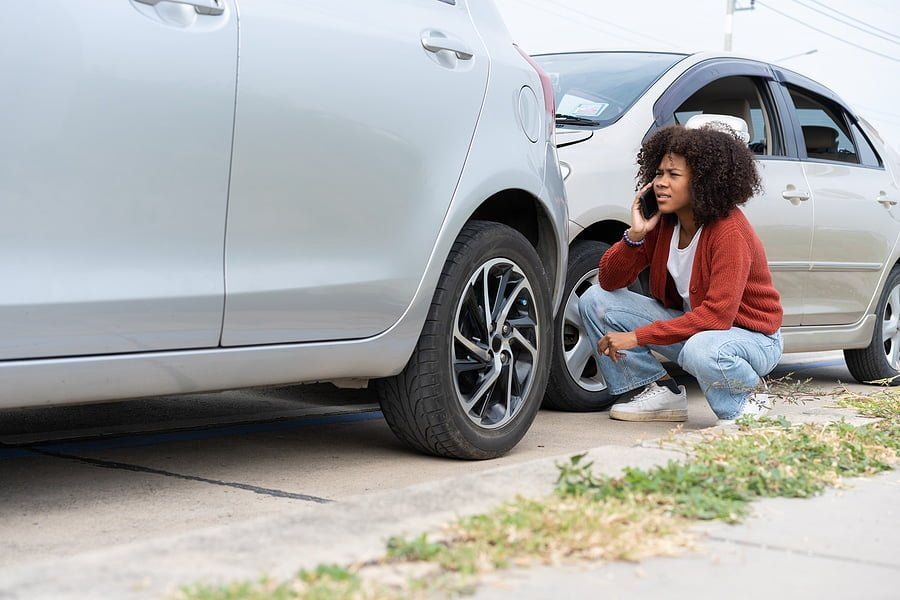Car accidents can be a frustrating and costly experience for any driver. Even if your vehicle is repaired after an accident, it may still lose some of its value, known as diminished value. Fortunately, you may be able to recover some of the lost value through a diminished value claim. In this article, we’ll explore what a diminished value claim is, how to know if you should file one, and how to file a successful claim.
What is a Diminished Value Claim?
A diminished value claim is a request for compensation for the reduced value of a vehicle after it has been involved in an accident. Even if your car has been repaired to its pre-accident condition, it may still be worth less due to its accident history. This is because potential buyers may be hesitant to purchase a vehicle that has been in an accident, even if it has been repaired. A diminished value claim can help you recover some of the lost value of your car after an accident.
Types of diminished value
Inherent diminished value
Inherent diminished value (IDV) is the permanent reduction in value of a vehicle due to its accident history. This type of diminished value occurs even if the car has been completely repaired.
Repair-related diminished value
Repair-related diminished value (RDV) is the temporary reduction in value caused by substandard repairs or incomplete repairs after an accident. This type of diminished value will disappear once the repair work is properly completed.
Immediate diminished value (IDV)
Immediate diminished value (IDV) is the reduction in value of a vehicle immediately after an accident. This type of diminished value is usually due to the car being inoperable or unable to be driven until it is repaired.
How to Know if You Should File a Diminished Value Claim?
Not every car owner who has been involved in an accident needs to file a diminished value claim. There are a few factors to consider before deciding whether to pursue a claim:
The Age of Your Car
Older cars may not have as much value to lose, so the diminished value may not be significant enough to justify the time and effort required to file a claim.
The Severity of the Accident
The more severe the accident, the more likely it is that your car has lost value. A minor fender bender may not have a significant impact on your car’s value, but a major accident likely will.
Your Car’s Value Before the Accident
If your car was already worth very little before the accident, the diminished value may not be significant enough to justify a claim.
If you determine that your car has lost significant value after an accident, it may be worth filing a diminished value claim.
How to File a Diminished Value Claim?
If you decide to file a diminished value claim, there are several steps you should take:
Gather Evidence
You will need evidence to support your claim, such as repair invoices, photographs of the damage, and estimates of the vehicle’s value before and after the accident. It is essential to have evidence to prove your vehicle’s value before the accident.
Hire an Independent Appraiser
To prove the diminished value of your car, you will need an independent appraiser to assess the damage and the vehicle’s current value. You can hire an independent appraiser from the American Society of Certified Auto Appraisers.
Contact the Insurance Company
Once you have gathered evidence and hired an appraiser, you should contact the insurance company of the at-fault driver. They will review your claim and may offer a settlement. If you do not agree with the settlement amount, you can negotiate with the insurance company.
Consider Hiring a Lawyer
If negotiations with the insurance company are not successful, you may want to consider hiring a lawyer who specializes in diminished value claims. They can help you negotiate a fair settlement with your or the other party’s auto insurance company, or take the case to court if necessary.
How to Calculate Diminished Value Claims
Calculating diminished value can be complicated, but it is worth pursuing if your vehicle has lost significant value due to an accident. Here are some common ways and formulas diminished value is calculated .
Cost of Repair Method
This method uses the total cost of repairs and divides it by two to arrive at a diminished value amount.
17C Diminished Value Formula
The 17C formula is one of the most common methods used to calculate diminished value and is based on an insurance company’s internal formula. It takes into account factors such as the make, model and year of the vehicle, the repair costs, and the amount of damage done.
Market Value Method
This method compares the pre-accident market value of your vehicle to its current market value. It takes into account factors such as the make, model and age of the car, as well as its condition before and after the accident.
Loss in Value Formula
The Loss in Value formula uses the fair market value of the vehicle before and after the accident to calculate a diminished value amount. It takes into account factors such as mileage, condition, and make and model.
In conclusion, filing a diminished value claim after an accident can help you recover some of the lost value of your car. However, not every car owner needs to file a diminished value claim, and it is important to consider the age and value of your car as well as the severity of the accident before deciding whether to pursue a claim.










